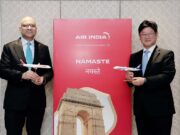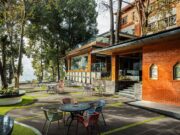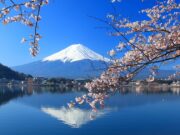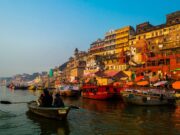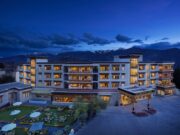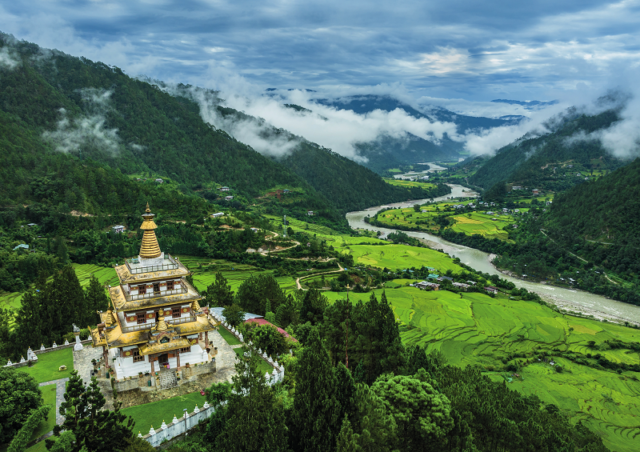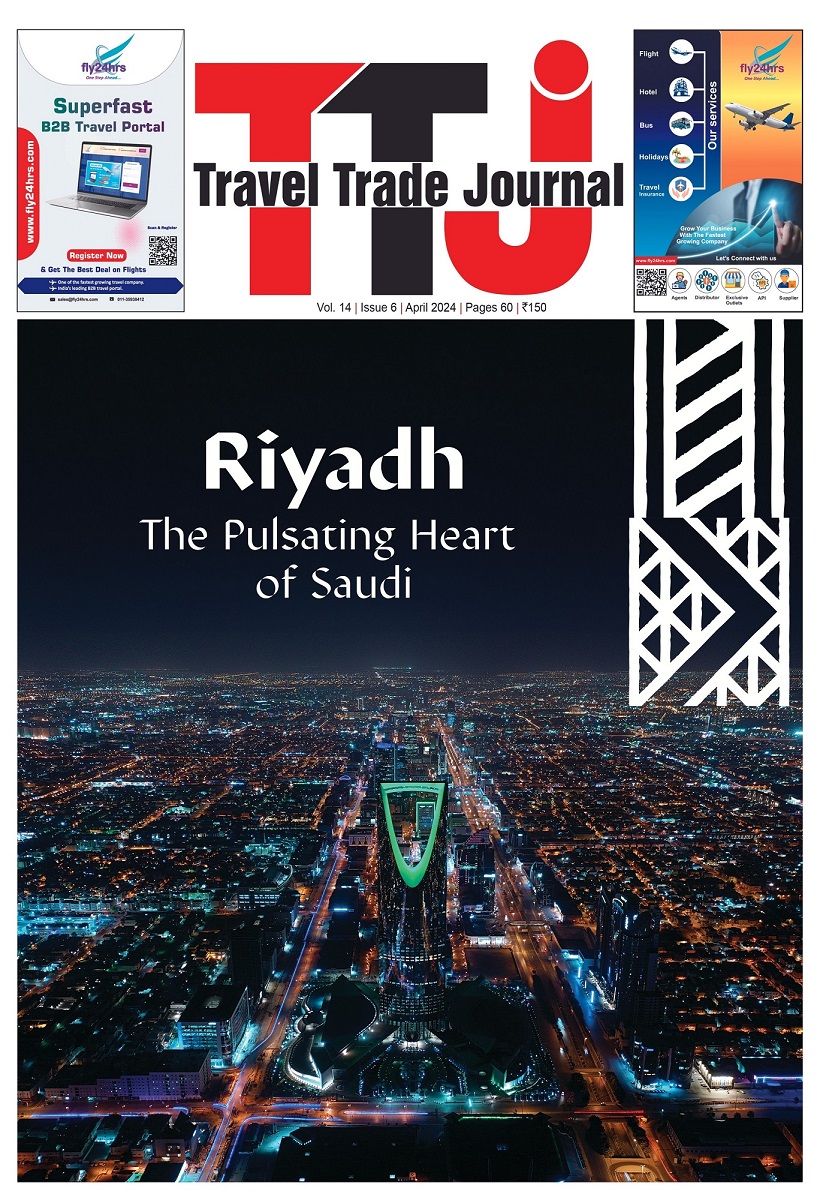Known as a land of peace and spirituality, Bhutan fuses kindred emotions into its tourism and encapsulates the spiritual essence of travel, which often leads travellers towards life-changing experiences. Step into the world of Bhutan Tourism with Carissa Nimah, Chief Marketing Officer, Department of Tourism Bhutan, as she outlines the tourism philosophy, reveals plans, and unveils hidden gems that transport travellers to a bygone era.
– Prativa Vaidya Bhalla
The Kingdom of Bhutan, also known as the ‘Land of the Thunder Dragon,’ lies steeped in ancient culture while embracing the promise of technological advancement. Despite being the world’s youngest democracy, Bhutan remains fiercely committed to preserving its centuries-old customs and pristine natural surroundings. Guided by the development principle of ‘Gross National Happiness,’ Bhutan has emerged as a premier travel destination, distinguished by its ‘High Value, Low Volume’ tourism policy. This approach occasionally considered controversial, involves levying a sustainability fee on visitors to protect its rich heritage from the threats of over-tourism. This delicate and difficult balance between heritage conservation and sustainable development makes Bhutan a unique and cherished destination.
India’s Dominance in Bhutan’s Tourism Landscape

The primary source market for Bhutan is India, with significant contributions from the US, the UK, various parts of Asia, Western Europe, and Australia. Carissa elaborates, “In 2023, Bhutan welcomed 103,000 tourists, with 70,000 coming from India. Looking ahead to 2024, we aim to attract 300,000 tourists, with 50 per cent expected to be from India. This highlights the significant role of the Indian market in Bhutan’s tourism.” It acknowledges India as a key tourism partner owing to the extensive shared border and India’s status as the world’s fastest-growing economy. Bhutan continues to cater to Indian traveller preferences while accommodating multigenerational and larger family groups. The goal is to consistently boost Indian tourist numbers by collaborating closely with key trade partners and addressing their requirements. It is also expanding its presence in the MICE sector, evident from successful events like weddings accommodating 600 attendees, despite limited infrastructure. The recent government decision to waive the daily fee for MICE participants highlights Bhutan’s commitment to facilitating such events, subject to specific eligibility criteria.
Diverse Experiences
Alongside traditional tourism products like spiritual, cultural, adventure, and ecotourism, birdwatching is becoming increasingly popular, especially among Indian tourists. Motorbiking has its reverent fan following, as riders are drawn to Bhutan’s safe, well-maintained roads with slower speed limits. Wellness tourism is on the rise, shaped by Bhutan’s reputation as the land of medicinal herbs, offering unique experiences like hot stone baths, therapies, yoga, and meditation. It is rapidly gaining recognition for its high-end textile industry, particularly for silk weaving known as ‘Kishuthara’, which can take up to a year to produce.

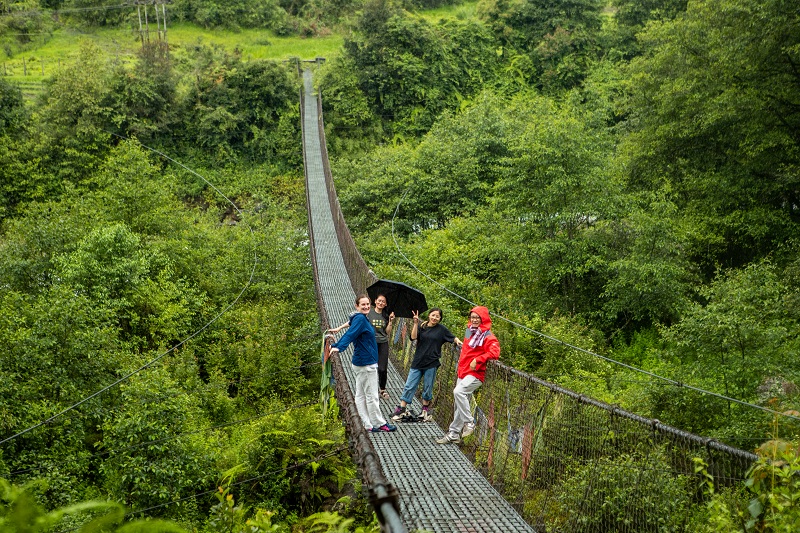
As the demand for authentic travel experiences continues to grow, homestays have emerged as a trending choice among discerning travellers. Heritage Bhutanese homes offer a unique opportunity to stay in traditional houses, allowing guests to interact closely with the owners, forge meaningful connections, and leave with a deeper understanding of Bhutan’s culture and heritage.
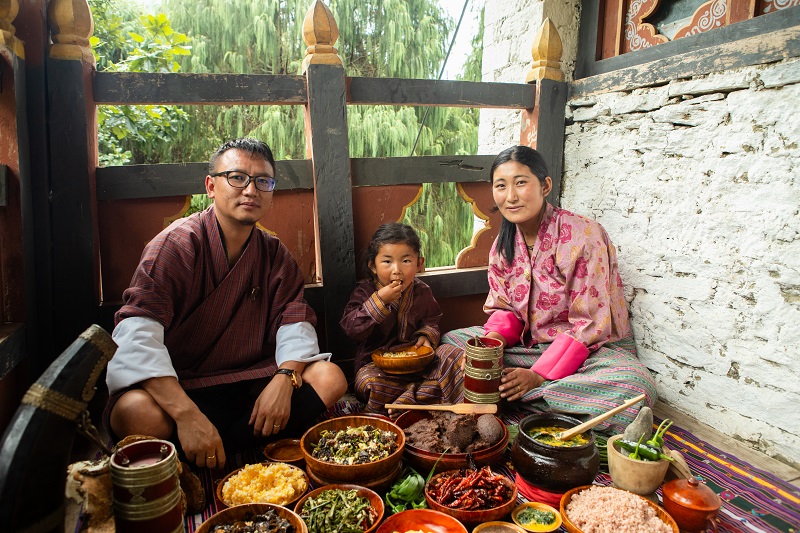
As destinations, Paro, Thimphu, and Punakha remain popular, forming part of the five-star tourist trail along the country’s main valleys. However, Carissa urges travellers to “Explore the lesser traversed valleys like Gangtey and Bumthang in East Bhutan showcasing remarkable festivals, homestays and friendly locals.” Bumthang, known as Bhutan’s spiritual heartland, offers culinary delights like honey and cheese, earning the title of ‘Switzerland of Asia.’ This remote region allows visitors to experience the local life in traditional textile making and yak herding villages transporting travellers to the Bhutan of yore.
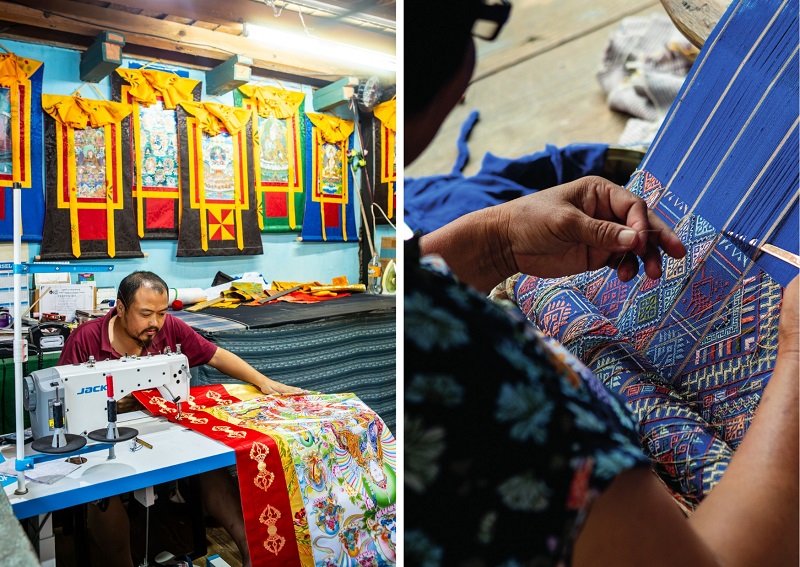
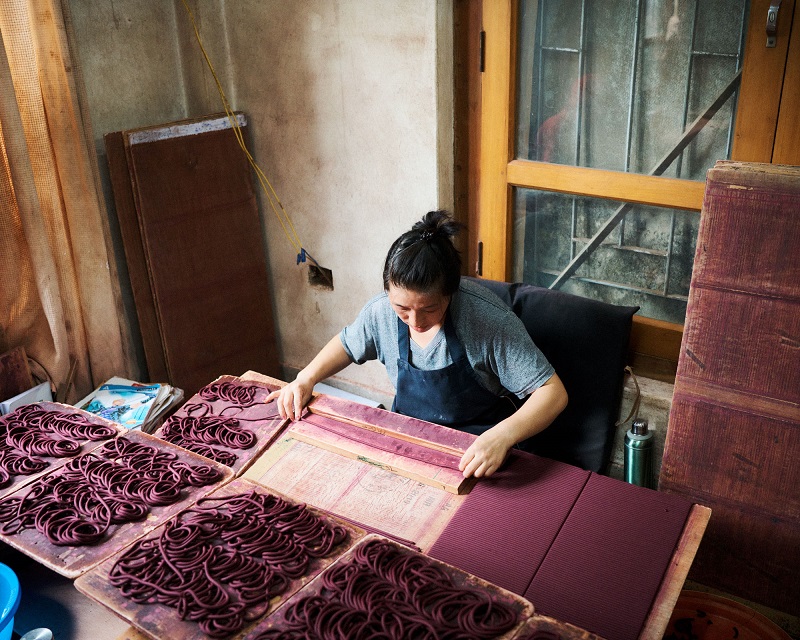
Mindful Tourism
Since its inception in 1974, Bhutan has steadily pursued a strategy of high-value, low-volume tourism. With more than 70 per cent forested land, it is the first carbon-negative country in the world. Marking its 50th anniversary in the tourism sector, it reaffirms its distinct approach, placing a premium on the overall happiness of its citizens alongside GDP growth. The country’s Gross National Happiness index transcends material wealth and focuses on its commitment to citizen satisfaction, health, education, and corruption-free governance. The focus lies on ensuring that benefits are equitably distributed and shared across the entire community.
Sustainable Development Fee
This remarkable tourism strategy is reflected in implementing a sustainable development fee, which finances essential services such as healthcare, education, and infrastructure upgrades for the entire population. Typically, the fee levied amounts to Rs 1,200 per day for Indians and $100 per day for foreign guests. Further explaining the concept, Carissa adds, “Unlike other countries where only certain industries profit from tourism, Bhutan views tourism as a national asset and ensures that its benefits reach all citizens. This approach contributes to the sustainability of Bhutan’s environment, people, and rich cultural heritage. By carefully managing tourism, Bhutan preserves its unique authenticity, safeguarding its appeal as a destination.” This strategic approach, though different from global norms, is seen as critical for preserving Bhutan’s cultural integrity and ensuring a sustainable future.
Community Engagement
The Bhutan Department of Tourism actively connects with the travel community through social media platforms, acknowledging its pivotal role in increasing awareness, particularly among younger demographics. The department closely monitors metrics like follower growth and engagement rates to assess performance, comparing them with competitor nations to authentically promote tourism. Carissa muses, “I have noticed a significant shift in the conversation surrounding Bhutan tourism over the past two years. Initially, there was a lack of regional awareness and uncertainty among agents on how to sell Bhutan packages. Through our concerted team efforts, the conversation has now shifted. Agents now seek broader immersive experiences for clients, extending beyond typical tourist routes, such as an escalating interest in exploring further east, known as Yeti country, showcasing the old Bhutan.”
Gelephu Mindfulness City
Recently, His Majesty, the King of Bhutan, announced a ground-breaking project – the Gelephu Mindfulness City in the south of Bhutan. This special administrative zone will embody Buddhist principles and operate with its own currency and legal system. The aim is to invite select international businesses to establish themselves within the zone, with various privileges. Developed by the renowned Danish architectural firm Bjarke Ingels Group, with India as a partner, it is expected to be completed within 5 to 10 years. The design sensibility emphasises mindfulness and harmony with futuristic architecture, such as a temple integrated into a dam wall, and plans for a new international airport in Gelephu, slated for completion in two years. This high-tech, forward-thinking project aims to future-proof Bhutan’s economy and growing tourism industry.
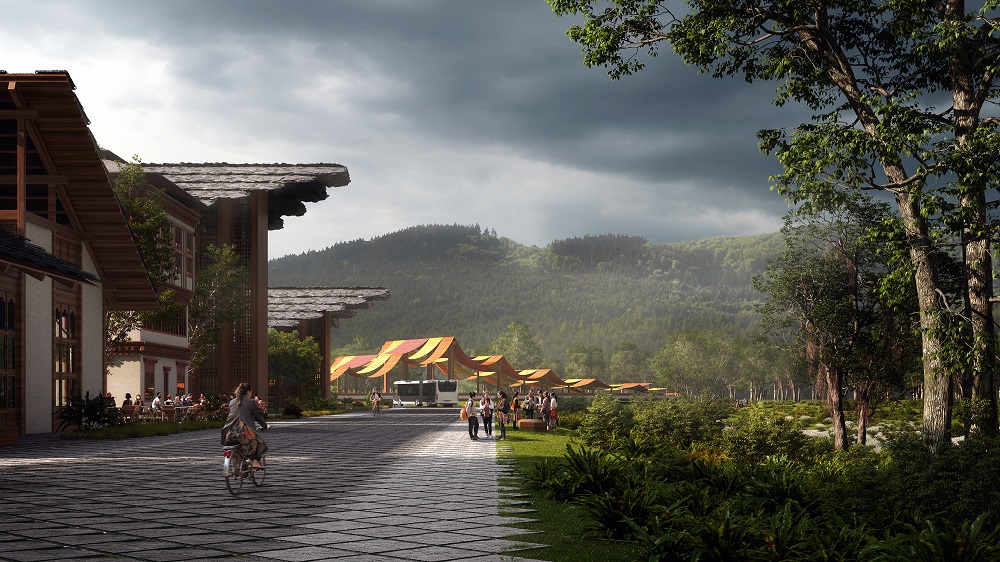
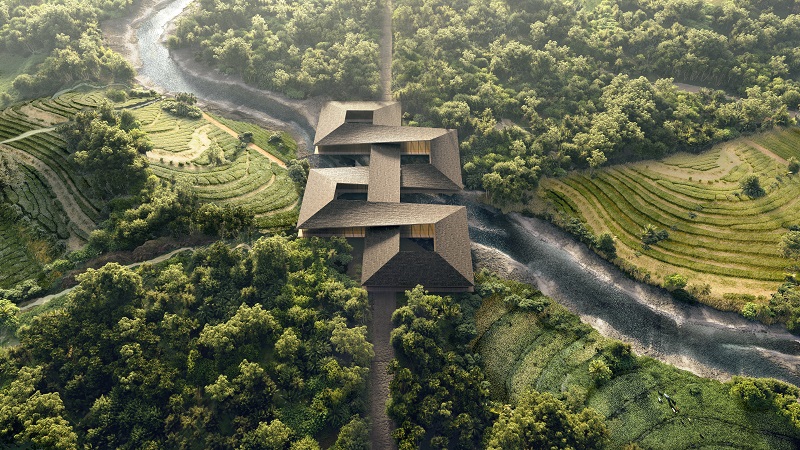
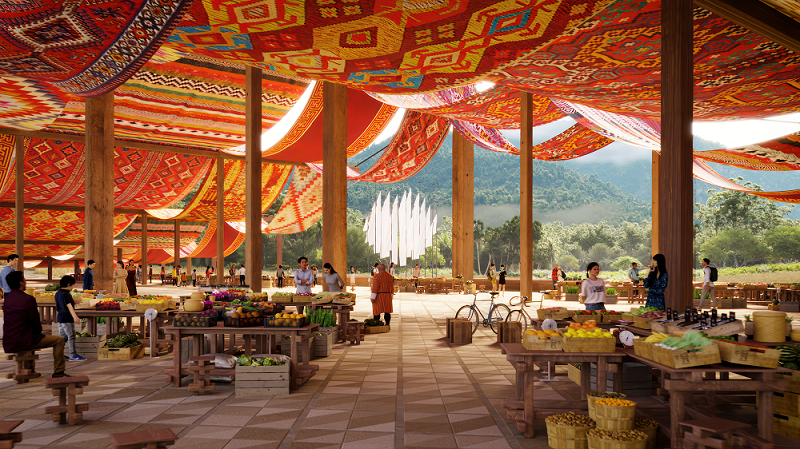
In contrast to the relentless pursuit of numbers and rapid growth seen in various parts of the world, Bhutan’s singular approach stands out for its focus on sustainability and long-term well-being. This mindful approach resonates with the essence of Bhutan, reflecting its commitment to a peaceful and balanced future. While many tourism boards prioritise short-term gains, Bhutan’s emphasis on careful planning and consideration for its people’s future sets it apart as a beacon of responsible tourism.






